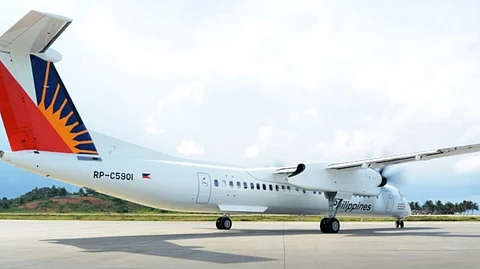
- NEWS
- the EDIT
- COMMENTARY
- BUSINESS
- LIFE
- SHOW
- ACTION
- GLOBAL GOALS
- SNAPS
- DYARYO TIRADA
- MORE

Passengers flying out of Clark and Cebu will have more options starting October, as Philippine Airlines (PAL) expands routes and boosts turboprop operations at the two airports to ease congestion at Manila’s Ninoy Aquino International Airport (NAIA).
Under the new setup, PAL said Friday it will boost operations at Clark International Airport and Mactan Cebu International Airport with expanded routes and increased frequencies.
“We seek the cooperation and understanding of the flying public as we work closely with aviation authorities, industry stakeholders, and local government units to ensure a smooth transition,” said PAL executive vice president and chief operating officer Atty. Carlos Luis Fernandez.
Alternative hubs
“This network realignment allows us to serve our passengers more efficiently. By strengthening Cebu and Clark as alternative hubs, we are building a more reliable and sustainable domestic network for the long term.”
From Clark, flights to Busuanga and Basco will operate twice daily, while Clark–Siargao flights will continue daily. The Clark–Basco service will replace the current Manila–Basco route.
From Cebu, flights to Busuanga and Siargao will increase to three times daily. PAL will also launch a new Cebu–Calbayog service operating four times weekly, replacing the Manila–Calbayog route. Passengers from Manila may still connect to Calbayog via Cebu.
Flights from Manila to Busuanga and Siargao will continue but with reduced frequencies — each operating once daily. PAL said this adjustment ensures continued access for Metro Manila residents and international travelers connecting through its Manila hub.
The airline will also retain three weekly flights between Manila and Antique (San Jose), and four weekly flights between Manila and Catarman.
Regulators began scaling down turboprop operations at NAIA in March, targeting a 30 percent reduction to help decongest the airport.
